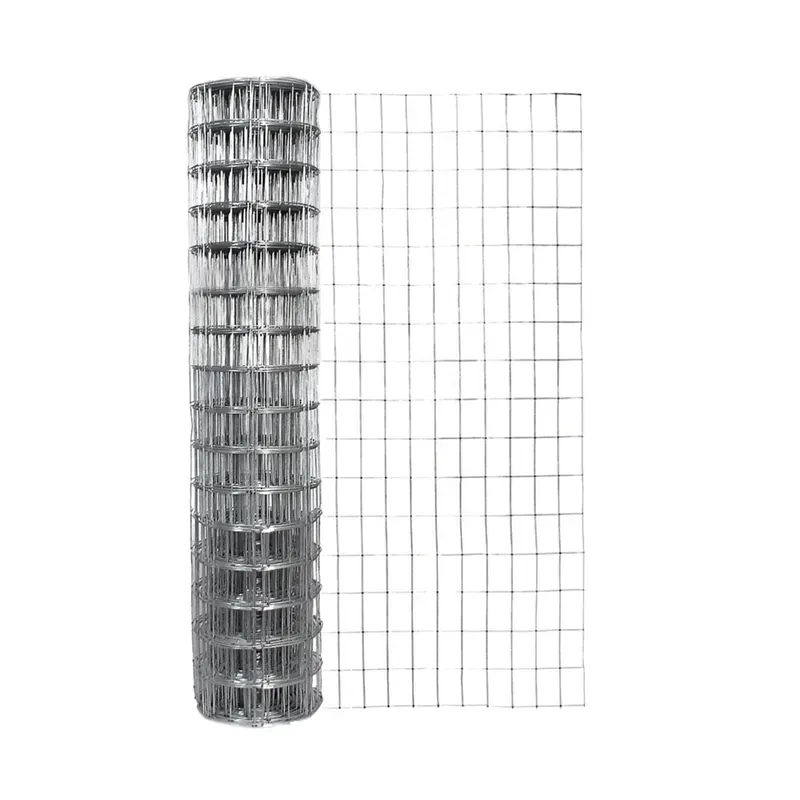Collected Roofing Nails for Diverse Applications and Efficient Installation Solutions
11 月 . 24, 2024 17:44
Understanding Collated Roofing Nails A Comprehensive Guide
When it comes to roofing installations, the choice of materials and tools can significantly impact the overall quality and longevity of the structure. Among the various fastening options available, collated roofing nails have surged in popularity among both professionals and DIY enthusiasts. This article delves into the specifics of collated roofing nails, their benefits, applications, and tips for usage.
What Are Collated Roofing Nails?
Collated roofing nails are specially designed fasteners that come pre-packaged in strips or coils. These nails are typically used in roofing applications due to their compatibility with nail guns, which allow for quicker and more efficient fastening than traditional hammers. The collated nature of these nails means they are held together in a manner that makes them easy to load and fire from an automated tool, streamlining the roofing installation process.
Types of Collated Roofing Nails
There are several types of collated roofing nails, each designed for specific applications and materials
1. Material Collated nails can be made from various materials, including galvanized steel, stainless steel, and aluminum. Galvanized nails are treated to resist rust and corrosion, making them ideal for outdoor use.
2. Length and Gauge These nails come in various lengths and gauges, which influence their holding power and suitability for different roofing materials. Generally, nails used for asphalt shingles are between 1-1/4 inches and 2 inches in length.
3. Head Types The head of the nail can be flat or clipped, and the choice depends on the fastening requirements. Flat-head nails provide a larger surface area for improved holding, while clipped nails can allow for quicker and denser fastening in specific applications.
Benefits of Using Collated Roofing Nails
Collated roofing nails offer numerous advantages that make them a preferred choice among roofing contractors
- Time Efficiency The primary benefit of collated nails is the time saved during installation. With a nail gun, a roofer can drive several nails in seconds, significantly speeding up the roofing process.
- Consistency Collated nails ensure uniformity in fastening, which is crucial for maintaining the integrity of the roof. Consistent nailing reduces the risk of water infiltration and other potential damage.
- Reduced Fatigue Using a nail gun with collated nails substantially reduces the physical strain on roofers, decreasing fatigue during such a physically demanding job.
collated roofing nails 1 1 4

- Better Performance Many collated roofing nails are designed with features that enhance performance, such as factors that promote better grip and reduce the chances of pull-through
.Applications of Collated Roofing Nails
Collated roofing nails are primarily used in roofing systems, but their versatility means they are also applied in various other construction areas
- Asphalt Shingles They are commonly used for securing asphalt shingles due to their durability and resistance to weather conditions.
- Wood Roofing Collated nails are effective in fastening wood shingles, helping to create a secure and reliable roofing system.
- Roofing Underlayment These nails can also be utilized to secure underlayment materials, ensuring a solid foundation before the installation of roof shingles.
Tips for Using Collated Roofing Nails
To get the most out of collated roofing nails, consider the following tips
1. Choose the Right Nail Type Ensure you select the right type of collated nail for your specific roofing material and installation needs.
2. Check Compatibility Make sure your nail gun is compatible with the collated nails you wish to use. Different nail guns require specific types of nails, so verify the compatibility to avoid issues.
3. Follow Manufacturer Guidelines Always adhere to the manufacturer's guidelines regarding the nailing pattern, spacing, and number of nails per shingle. This will ensure compliance with local building codes and enhance the roof's performance.
4. Quality Control Inspect the collated nails before use to ensure they are not damaged and are uniform in size and shape. Defective nails can lead to inadequate fastening.
In conclusion, collated roofing nails represent a significant advancement in roofing technology, offering efficiency, consistency, and reliability for various applications. By understanding their types, benefits, and best practices, users can ensure a high-quality roofing installation that stands the test of time. Whether you are a professional roofer or a weekend warrior tackling a DIY project, incorporating collated roofing nails can elevate your work and enhance the durability of your roofing system.




















